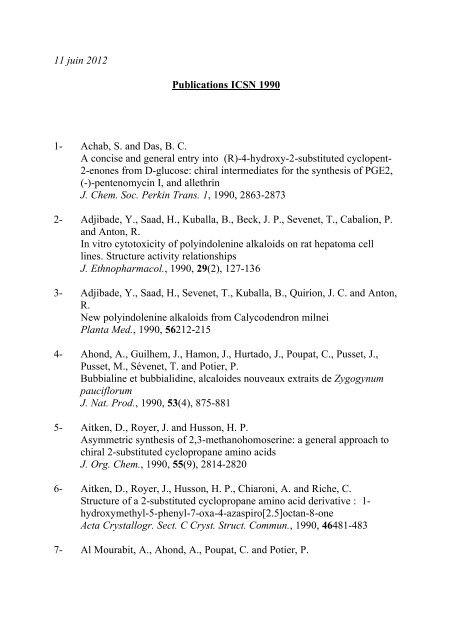
**Researchers in China Create Supersized Cycloalkane Analogues**
Scientists at East China University of Science and Technology have achieved notable advancements in the exploration of cycloalkanes by developing a collection of macrocyclic molecules that resemble larger versions of cyclobutane, cyclopentane, and cyclohexane. This research, spearheaded by Zhaohui Wang and his team, seeks to offer new perspectives on the conformational behavior of these captivating chemical structures.
Cycloalkanes, recognized for their puckered shapes, are particularly intriguing due to the strain that arises when sp³-hybridized carbon atoms form rings that diverge from an ideal tetrahedral configuration. These geometric characteristics render them compelling yet difficult subjects for experimental investigation.
The produced macrocycles incorporate four, five, or six dipyrene-fused dihydropyrazine corners, forming flexible structures that adopt low-energy states akin to traditional cycloalkanes. The research team employed Yamamoto coupling reactions to synthesize these cyclic compounds, although in modest yields, achieving the remarkable feat of obtaining single crystals for each.
Using X-ray diffraction analysis, the researchers validated that these macrocycles closely resemble the shapes of classic cycloalkanes: the four-membered ring displays a puckered structure similar to cyclobutane, the five-membered ring takes on a half-chair envelope shape like cyclopentane, and the six-membered ring reflects the well-known chair conformation of cyclohexane.
In solution, the conformational dynamics were further examined through temperature-dependent ¹H NMR spectroscopy, with supplementary theoretical calculations illuminating the mechanisms behind these shape variations.
Additional research centered on the interactions of these macrocycles with fullerenes. By growing single crystals of these supramolecular complexes, the researchers illustrated π-π stacking interactions between the pyrene corners and fullerenes, resulting in a photoinduced charge transfer. This finding suggests potential applications in materials science, especially in the field of photoactive materials.